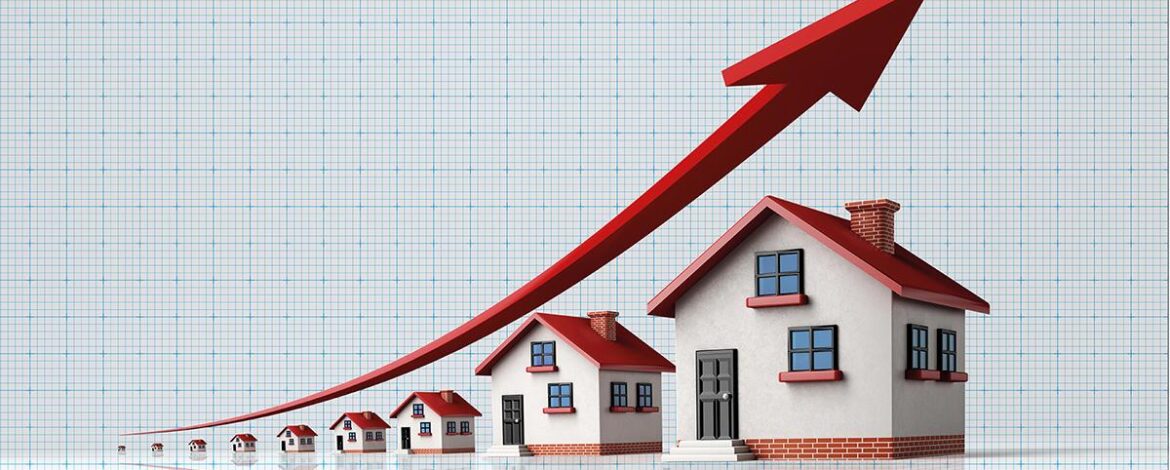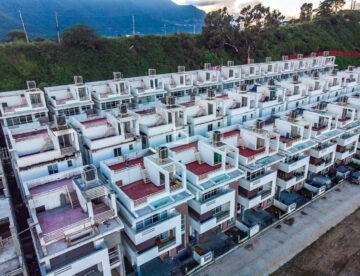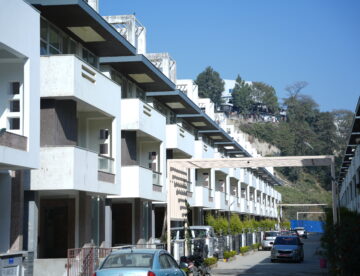Investing in real estate has been considered a secure investment option for a long time. In Nepal, there’s been significant growth in this particular market in recent years. However, before making any decisions, it is only logical to understand the factors that determine the price of housing in Nepal. To better understand this matter, we will explore some of the major variables that affect the prices of homes in Nepal.
1. Location
Location is arguably the most important factor to consider while determining the prices of housing in Nepal. So, how does location affect the price of housing?
-Availability of Basic Life Facilities
Urban areas like Kathmandu and Lalitpur have better access to roads, water, electricity, health services, internet, education, and entertainment and these lead to higher house prices.
-Business Value in the Area
Places with high population density supports local businesses and thriving businesses attract investors in the area which raises the house prices.
-Community and Neighborhood
An area with a low crime rate and pleasant community increases the house value.
-Weather
House prices are high in places with pleasant weather and moderate temperatures and sufficient rainfall. Places with unpleasant weather conditions lower house values.
2. Demand and Supply
If there is a huge demand for housing that exceeds the available supply, there is a positive influence in the housing prices. Some factors that increase the demand of housing in an area include population growth, migration patterns, urbanization, etc.
When more than one person wants to buy the same house, one buyer raises the bid and beats the other buyer, and so on. On the other hand, if there are few buyers and more sellers, the price goes lower.
Thus, it is necessary to examine the demand-supply balance when estimating housing prices.
3. Quality of construction
The quality of house construction in Nepal depends on whether the latest engineering standards were followed and the grade of raw materials used for building proposes.
During earthquakes, houses built on modern standards with high-quality materials suffer little damage whereas houses built on low-quality materials suffer a lot of damage. Better built houses cost more.
4. Amenities and aesthetics
Amenities and aesthetics also play a crucial role in house price determination. Houses with features like gardens, swimming pools, and other elements add luxury.
Aesthetics simply refers to the overall beauty of the house. Houses with more amenities and pleasing aesthetics are always valued higher.
5. Legal and Regulatory Factors:
Government policies such for land acquisition, property taxes, zoning regulations, building codes, and construction permits directly or indirectly impact housing prices. Investors and homebuyers are drawn to areas with stable and predictable property laws, as these factors directly impact demand and pricing.
In this way, the legal and regulatory environment play a crucial role in shaping the housing prices.
6. Interest Rates and Financing:
Interest rates and the availability of financing options affect housing prices. Mortgage policies, Interest rates, and lending practices play a significant role in shaping the housing market. Lower interest rates reduce borrowing costs, which boosts demand and potentially drives up house prices, while higher rates tend to cool the market.
In conclusion, investing in real estate in Nepal has seen considerable growth over the years with price of housing affected by factors such as location, demand and supply, construction quality, amenities, legal regulations, and financing options.
Recommended reading: The Factors Behind The Rise of Property Prices in Nepal






